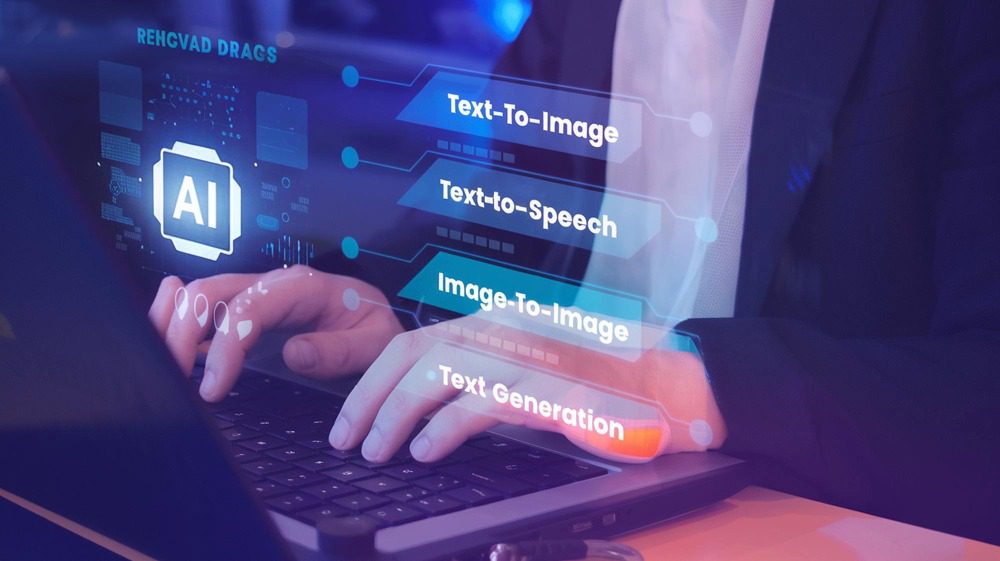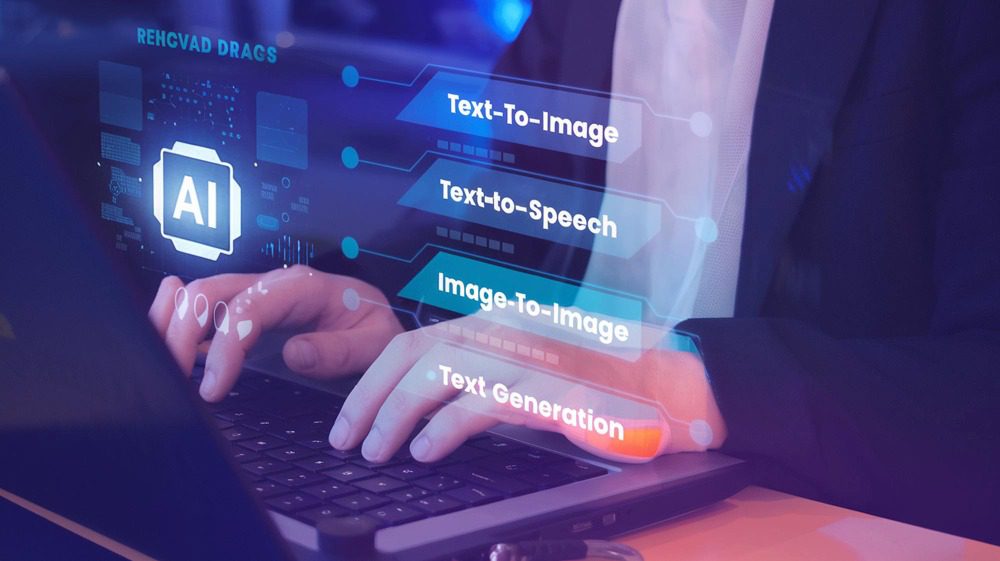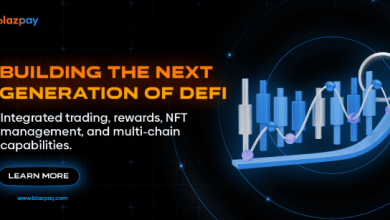How AI Is Transforming the Future of Software Development Outsourcing Services in 2025

Introduction: The AI Shift in Global Outsourcing
In 2025, the outsourcing industry is undergoing arguably its most significant transformation in decades. Driven by advances in artificial intelligence (AI), the landscape of software delivery, vendor-models and client expectations is shifting in ways that demand fresh strategies from both buyers and providers of software development outsourcing services.
From AI-driven project management to automated code generation and intelligent resource allocation, outsourcing firms are reimagining their models to meet the growing demand for agility, precision, and innovation. The traditional model of outsourcing — once focused on cost reduction — is being replaced by AI-empowered collaboration that blends human creativity with machine efficiency.
According to a 2024 Gartner report, 70% of global enterprises now integrate AI tools within their outsourcing partnerships, a figure projected to climb to 85% by 2026. As AI reshapes every stage of the software lifecycle, outsourcing companies that adopt these tools early gain a decisive competitive edge.
1. From Cost Efficiency to Cognitive Collaboration
For decades, the core advantage of outsourcing was cost savings — access to skilled talent in lower-cost regions. In 2025, however, this narrative has evolved. Businesses now expect strategic partnerships that leverage AI to accelerate development, reduce risk, and ensure continuous improvement.
Leading software outsourcing companies no longer compete purely on labor rates — they compete on intelligence. AI platforms such as GitHub Copilot, Tabnine, and Amazon CodeWhisperer have drastically cut development time, while predictive analytics tools forecast bottlenecks before they occur.
AI enables outsourcing providers to:
- Automate repetitive coding tasks, freeing engineers for higher-value design and innovation.
- Predict project delays with machine learning-based risk modeling.
- Enhance team collaboration through natural language tools that translate specifications into executable actions.
This evolution transforms outsourcing from a transactional service to a cognitive partnership where human creativity and AI insights combine to deliver unprecedented efficiency.
2. The Rise of AI in Software Outsourcing Workflows
2.1 AI in Project Management
AI-powered project management systems — like Asana Intelligence and Jira Advanced Analytics — use machine learning to forecast deadlines, manage sprints, and detect potential risks.
For outsourcing teams spread across continents, AI bridges the gap between time zones, languages, and project cultures.
These systems evaluate historical data from hundreds of previous projects to recommend:
- Optimal sprint duration based on team velocity.
- Resource allocation across multiple clients.
- Early alerts when performance metrics deviate from expected thresholds.
This predictive visibility means projects that once risked scope creep or delivery delays can now be stabilized through data-driven oversight.
2.2 AI-Enhanced Coding and QA
Code quality is where AI in software outsourcing shines most clearly. Developers now rely on AI assistants that autocomplete functions, detect vulnerabilities, and even suggest architecture patterns based on previous project contexts.
In testing, AI automates regression and integration checks, scanning thousands of lines of code in seconds. This allows outsourced teams to maintain enterprise-grade quality while reducing manual testing hours by up to 60%.
AI-enabled QA platforms such as Testim.io and Applitools use visual recognition to detect front-end inconsistencies — an innovation particularly vital for global projects where devices and browsers vary widely.
2.3 AI-Driven Talent Matching
Outsourcing success depends on matching the right talent to the right project. AI-driven recruitment tools now analyze job requirements, code repositories, and candidate performance metrics to pair engineers with projects that fit both technical and cultural needs.
According to McKinsey’s State of AI 2024 report, organizations adopting AI-based talent systems improve project fit by 40% and reduce onboarding time by 25%.
This not only optimizes productivity but also minimizes attrition — one of the biggest pain points in long-term outsourcing engagements.
2.4 Intelligent Client Communication
Natural language processing (NLP) tools are transforming how clients interact with their outsourcing partners. AI-enabled dashboards now translate technical progress into plain-language summaries, automatically generating weekly reports or sprint recaps.
Chatbots integrated into project management portals allow real-time client updates without requiring manual inputs. For example, an AI agent can respond instantly to questions like:
“What percentage of sprint tasks are completed this week?”
“Were any bugs reopened during QA?”
This transparency enhances trust and collaboration between clients and their software outsourcing company partners.
3. AI Software Development Trends 2025: What’s Changing
The landscape of AI software development trends 2025 is characterized by automation, intelligence, and human-machine synergy. Below are five emerging trends defining the outsourcing market.
3.1 Generative AI for Faster Prototyping
Generative AI tools like ChatGPT-4, Gemini, and Claude can now translate product requirements into early prototypes, mock APIs, and even UI wireframes.
Outsourcing teams use these systems to drastically shorten the time between ideation and proof-of-concept delivery.
This not only accelerates MVP timelines but also gives clients early visibility into project feasibility — reducing miscommunication in the outsourcing cycle.
3.2 Predictive QA and Continuous Testing
By learning from historical defect patterns, AI algorithms predict where new bugs are most likely to occur. This predictive testing means QA efforts can be prioritized intelligently, saving both time and cost.
According to a 2025 Forrester study, predictive QA can reduce post-release defects by up to 45%, boosting client satisfaction scores significantly.
3.3 AI-Enhanced Cybersecurity in Outsourcing
With remote teams and distributed infrastructure, cybersecurity is paramount. AI-based systems monitor traffic patterns, detect anomalies, and automatically isolate suspicious behavior in real time.
For outsourcing providers managing multiple clients, these tools act as a 24/7 digital immune system, enhancing compliance with GDPR, ISO 27001, and SOC 2 standards.
3.4 Hyper-Automation and No-Code Outsourcing
No-code and low-code platforms, powered by AI, allow outsourcing firms to deliver simple apps or prototypes faster than ever. Platforms like Mendix and OutSystems integrate machine learning recommendations, enabling hybrid teams (technical + business experts) to collaborate seamlessly.
This hyper-automation allows AI outsourcing services to take on a broader range of projects, from enterprise automation to AI-driven customer portals.
3.5 Ethical AI and Human Oversight
As automation increases, so does the need for ethical governance. Outsourcing firms now establish AI ethics frameworks that ensure algorithms remain transparent, bias-free, and auditable.
This balance between automation and accountability reassures global clients that innovation does not compromise integrity.
4. How Businesses Benefit from AI-Driven Outsourcing
4.1 Speed and Agility
AI-driven outsourcing accelerates delivery timelines through automation, predictive analytics, and generative coding. Complex enterprise projects that once required 12 months can now be completed in 8 — without compromising quality.
4.2 Data-Driven Decision-Making
AI analytics transform how outsourcing partners handle reporting, forecasting, and budgeting. Clients receive real-time dashboards that track performance KPIs, enabling better resource planning and ROI measurement.
4.3 Cost Optimization
Automation and predictive maintenance reduce redundant labor, minimize rework, and lower operational overheads. Outsourcing partners can deliver more for less — a key advantage in an inflation-pressured economy.
4.4 Enhanced Product Innovation
AI augments creativity by identifying patterns and market insights humans might overlook. Teams can prototype multiple variations simultaneously, refining solutions faster through feedback loops.
6. Key Challenges of Integrating AI in Outsourcing
Despite its advantages, the AI revolution also introduces challenges that both clients and outsourcing partners must navigate.
6.1 Data Security and Privacy
AI models often require vast datasets, raising questions about confidentiality and compliance. Outsourcing firms must ensure strict adherence to data protection frameworks (GDPR, CCPA) and deploy anonymization protocols.
6.2 Model Bias and Transparency
AI tools can inadvertently learn biases from training data. Ethical outsourcing companies now invest in explainable AI (XAI) models to maintain transparency and fairness.
6.3 Balancing Automation with Human Creativity
While AI automates many processes, the human element remains irreplaceable. Innovation, empathy, and domain expertise still define successful partnerships — AI simply amplifies their impact.
7. The Future of AI Outsourcing Services (2025 and Beyond)
The next phase of AI outsourcing services will focus on autonomous software delivery pipelines — where planning, coding, testing, and deployment operate in near real time under minimal human supervision.
Key projections for 2025–2030:
- 95% of outsourced projects will use AI-assisted code generation.
- AI-driven DevOps pipelines will cut deployment cycles by 50%.
- Predictive project management will replace reactive reporting entirely.
By 2030, the distinction between outsourcing and in-house development will blur completely. Businesses will collaborate with AI-enabled teams worldwide in unified digital ecosystems — prioritizing innovation, not geography.
8. Choosing the Right AI-Driven Software Outsourcing Partner
As AI becomes a central part of outsourcing, selecting the right partner is critical. Businesses should evaluate potential providers based on:
- AI capabilities: Do they use automation in project management, QA, and DevOps?
- Transparency: Are AI decisions explainable and auditable?
- Security: Is data managed under ISO 27001 or SOC 2 compliance?
- Experience: How long have they worked with AI-driven development pipelines?
Partnering with a forward-thinking AI development company ensures you stay ahead in both innovation and execution.
Conclusion: A Smarter, Faster, More Transparent Future
AI is not replacing the human touch in outsourcing — it’s amplifying it.
In 2025 and beyond, the best software development outsourcing services will merge human creativity with AI precision to deliver software development solutions that are faster, safer, and smarter than ever before.
Companies that embrace this model — leveraging AI for insight, automation, and innovation — will redefine what’s possible in global software collaboration.
The future of outsourcing is no longer about location — it’s about intelligence, adaptability, and delivering real value through technology.

Source: How AI Is Transforming the Future of Software Development Outsourcing Services in 2025




